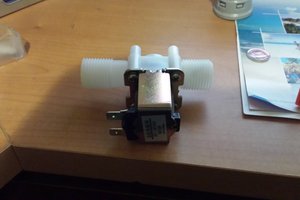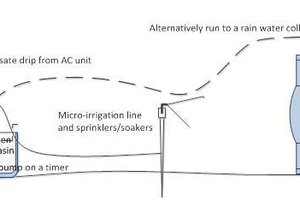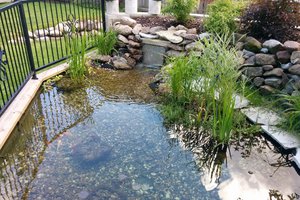The provided code is simple. It just controls the pump based on the inputs.
You may not want the pump to run at certain times of the day as it can be a bit noisy. Also, there is no control over the pump or any status feedback (both the button and led are inaccessible in the enclosure). Lastly, when the timeout expires on the filling cycle, the only way to reset it is to raise the water level to the top sensor, or reset the device (unplug, plug back in). You may want to connect the sonoff to your home wifi to accomplish all these things.
Instead, I just connected this to another sonoff wifi switch, which I already have at the tree to control the lights. It is connected to my wifi and has the stock software on it, which integrates with IFTTT to turn on and off the lights at specific times of the day. This will daily reset the water filling system, clearing the timeout timer. This also prevent it from running when the light are off, when we're asleep.
Finally, I recommend gift wrapping an empty box to place everything within, both for aesthetics and to keep pets or children from tampering or knocking it over.


 Fabio
Fabio

 Anders Johansson
Anders Johansson